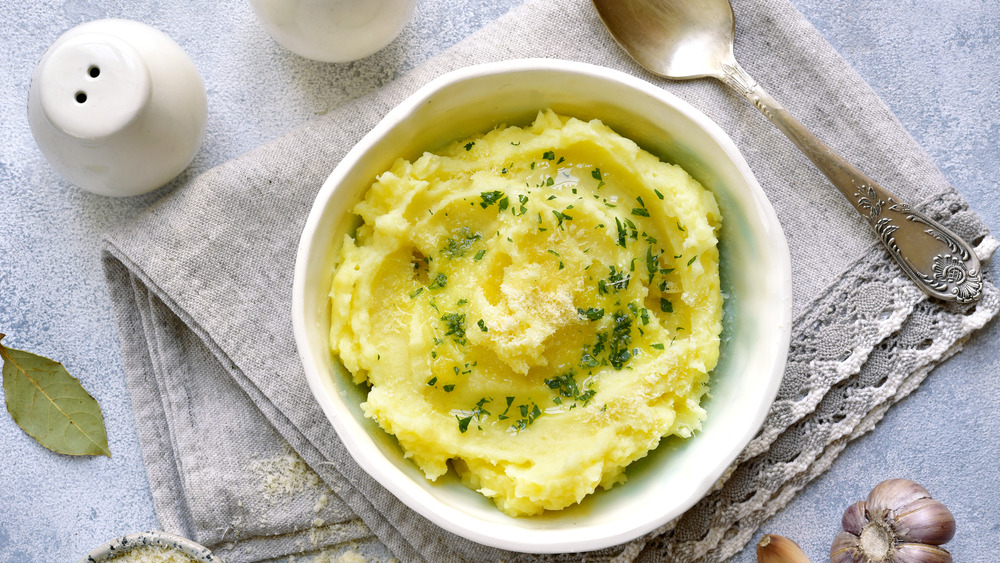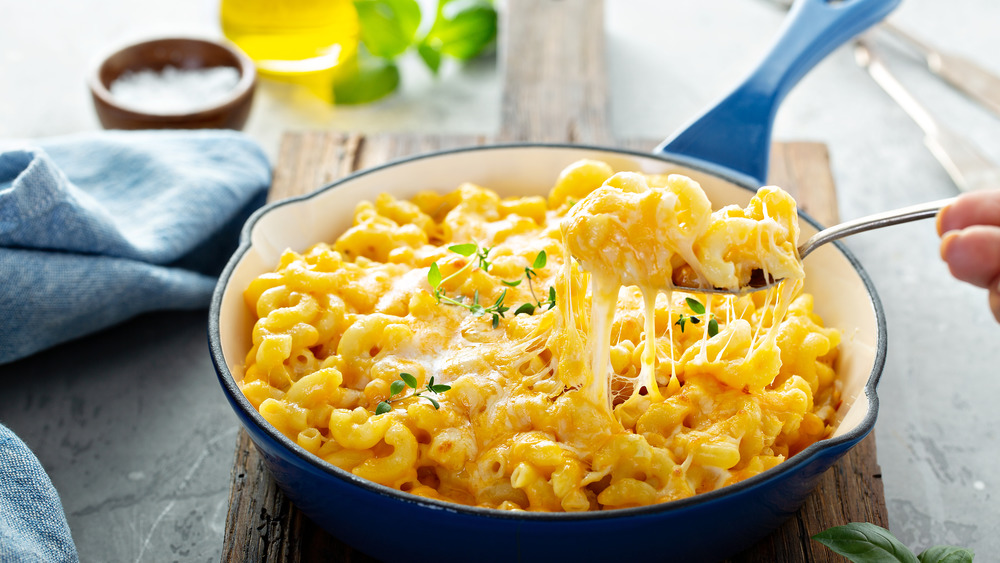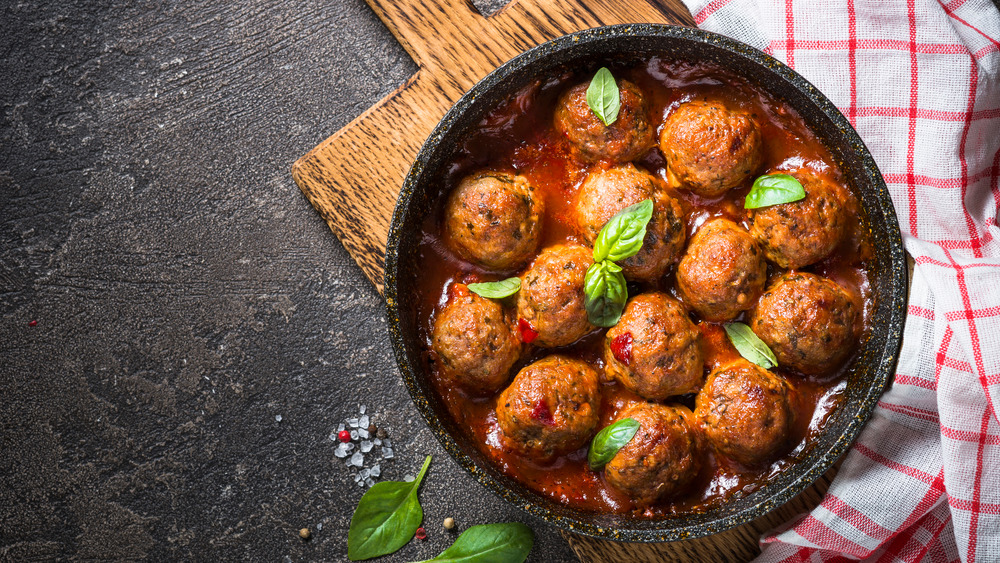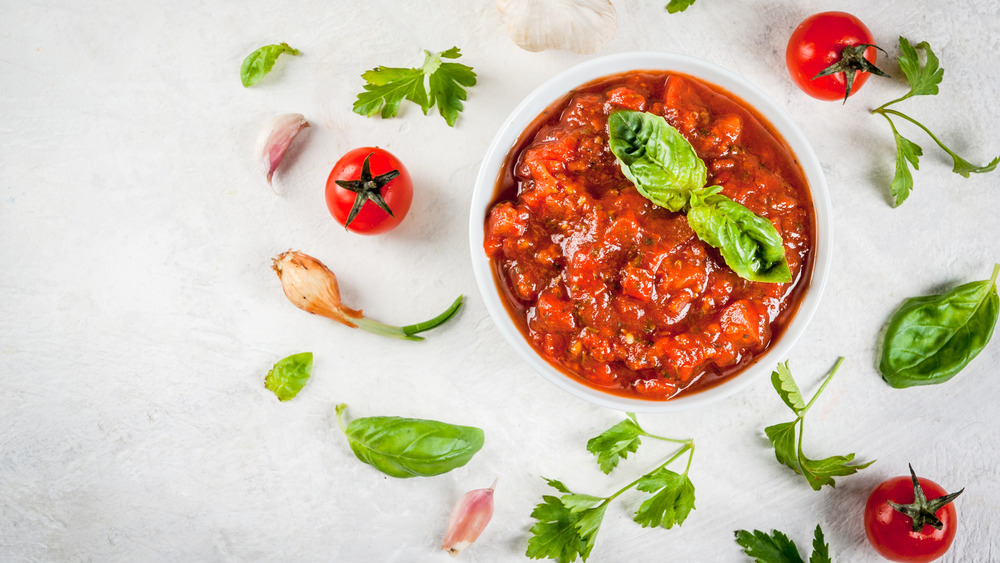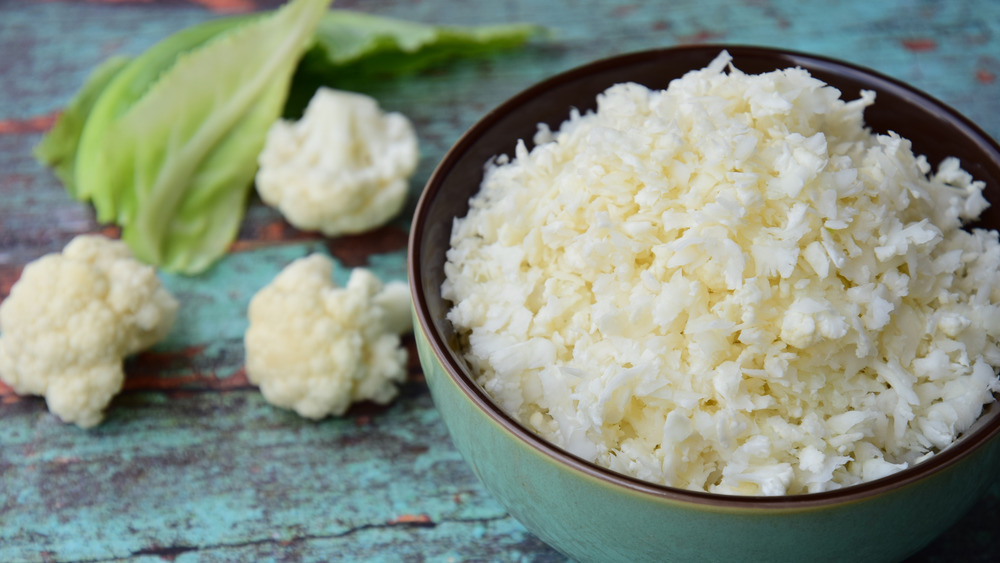How To Trick Your Family Into Eating More Veggies
If you and your family are the kind of people who'd gladly scarf down broccoli and Brussels sprouts in lieu of steak and pasta and would forego dessert for another helping of asparagus, congratulations, you win the good nutrition gold star and you'll all probably live to be 102. If, on the other hand, you're more like the other 90 percent of us, the ones the CDC says aren't consuming a sufficient amount of vegetables (3 cups per day, in case you were wondering), you might be in need of a little health intervention.
Okay, so no matter how you dress up your veggies or dunk them in ranch dressing or cheese sauce, they're never going to be anything other than what they are, and quite a few of us just don't like them. Sorry, vegetarians, but contemplating the idea of having to live off nothing but vegetables excites many of us about as much as having nothing to watch on TV but C-Span. That being said, we know we really should be eating more veggies as well as inflicting them on sharing them with our loved ones. Without resorting to threats, bribery, or hypnotism, perhaps the most effective way to get more veggies into everyone's diet is by resorting to good old fashioned subterfuge. In order to help us plot such trickery, Mashed enlisted the aid of Dr. Brooke Scheller, DCN, CNS, the Director of Nutrition at Freshly.
Mashed potatoes can be a good hiding place
Just about everybody, even veggie haters, loves mashed potatoes. While potatoes, despite the carbs, are actually pretty good for you, the tasty part of mashed potatoes tends to come with all the add-ins like milk, or better yet cream, plus enough butter to make Paula Deen blush, and then, if you're mashing your potatoes the Martha Stewart way, an entire brick of cream cheese. Or, if you're Martha's BFF Snoop Dogg, you add mayo to your mash. Yummy! But not so healthy.
What you can do, if you want to boost your mashed potatoes' nutritional benefits rather than just their dietary cholesterol, is to sneak in some mashed cauliflower. Sure, Chrissy Teigen may swear that mashed cauliflower can just be swapped for potatoes to satisfy that craving, but any real potato lover won't go for that since the two don't really taste all that similar. If, however, you take a leaf out of former White House physician Ronny Jackson's playbook and just swap out part of the potatoes for cauliflower, you should be able to fool even the pickiest eater. Scheller endorses this method as well, saying it will allow you to "cut down on the carbs without sacrificing flavor or texture." She also says "you can also get creative and try mixing different veggies together such as cauliflower and butternut squash, sweet potatoes and butternut squash, etc.," but this is venturing into voluntary veggie eating territory so your results may vary.
Macaroni and cheese provides a decent disguise
Scheller says that "a simple hack to pack plants into mac & cheese is to blend butternut squash puree into the cheese." She explains that this ingredient "adds an extra creaminess and delicious flavor without adding extra fat and calories," as well as providing "a boost of beta-carotene, vitamin C, magnesium, and fiber!" What she doesn't mention is something you may well appreciate: the orange-y squash color can be easily disguised by the cheese sauce.
If you're dealing with less finicky eaters and/or easily fooled ones and think you can get away with it, Scheller also suggests a double veggie swap where you use cauliflower in place of pasta. If you try to pull this one off, though, you might want to use a whole lot of cheese and maybe some bacon or another flavorful addition to compensate for the loss of the pasta.
Veggies are easy to sneak into meatballs
Yum, meatballs. Tasty little balls made of meat. And maybe a little bit of bread as a binder, but you hardly know that bread is there. Well, Scheller says you can also sneak in some veggies the same way you do the breadcrumbs – just chop them finely or puree them, then stir them into your meatballs and they'll be barely noticeable. She suggests mushrooms (if you saute them first, they should blend in even better), carrots, and squash, but says that her favorite is chopped spinach, something that also "provides a nice color to the meatballs." If you're considering spinach, though, you may want to take into account that not everybody's going to feel that way about bright green meatballs, Sam-I-Am.
Marinara sauce makes a good cover-up
Marinara sauce, despite being delicious, is also a veggie in and of itself, unless you want to get pedantic and point out that the tomato is actually a fruit. Still, whatever tomatoes are, they're really good for you, even the canned kind. Marry them with garlic and maybe some basil and oregano and a little olive oil and you have something so healthy that it practically cancels out any objections the anti-carb army would make to that plate of pasta that makes for such a perfect canvas to paint with your marinara masterpiece.
While marinara is incredibly healthy on its own, it's also sufficiently flavorful (and colorful) as to be able to hide any number of vegetable add-ins. As Scheller says, "You can blend in everything from zucchini and butternut squash, to kale, beets, and cauliflower (really any pureed veggies will do!)" These vegetables will add extra nutrients to your sauce and, if any unwanted beet or kale flavors do surface, you can always try covering these up with some extra garlic.
Try some starch-swapping
While not everyone is such a fan of cauliflower rice and/or zoodles, Scheller suggests that you can meet these low-carb substitute foods halfway. A 50/50 plate of rice and cauliflower "rice" may not be nearly as satisfying as the former, but neither will it be as disappointing as the latter, and it will, of course, be far more nutritious. Same goes for pasta and zoodles – and speaking of the latter, Scheller suggests using not only zucchini but also butternut or the appropriately named spaghetti squash. Nor do you necessarily need to invest in a spiralizer to try this particular hack, since she also notes that "if you're strapped for time, many grocery stores sell pre-spiralized or riced veggies in the produce or frozen section."

